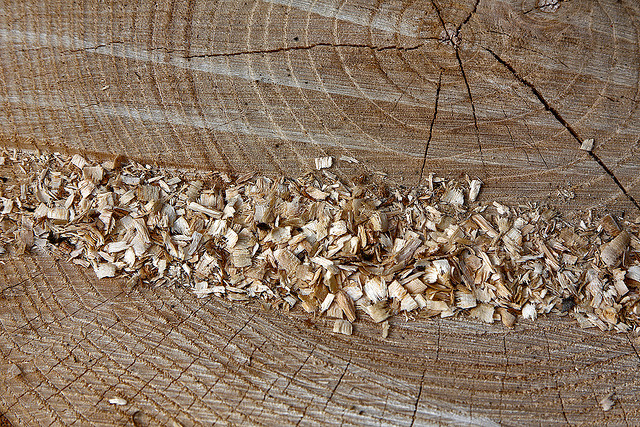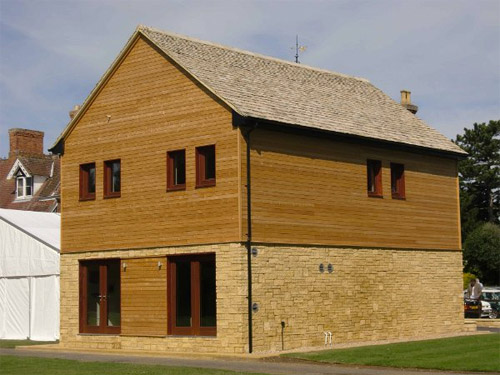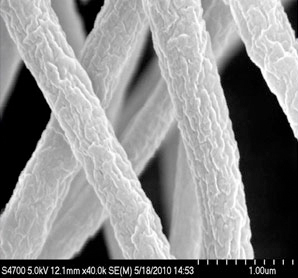After eight years of research and testing, Georgia-based timber company Gilman Building Products has devised a way to transform sawdust and other wood manufacturing waste into value-added products like architectural trim. Pine remnants like immature trees and brush that are too small to be milled conventionally, which would normally go to waste or be used as fuel, can also be salvaged using the new process.
Aiming to use as much of their product as possible, cutting back the 25-40% yield loss that’s typical during the conventional milling process, the company developed a proprietary patent-pending kiln system that can bring the moisture content of this leftover material to commercial standards and turn it into engineered wood products. This reportedly reduces yield loss by 50% or more.
The scraps of wood typically produced as a byproduct of the lumber industry doesn’t go completely to waste when it’s not used in a high-tech new process like this one, however. Industry waste wood goes to sustainable biomass plants that burn it to produce clean, renewable energy.








